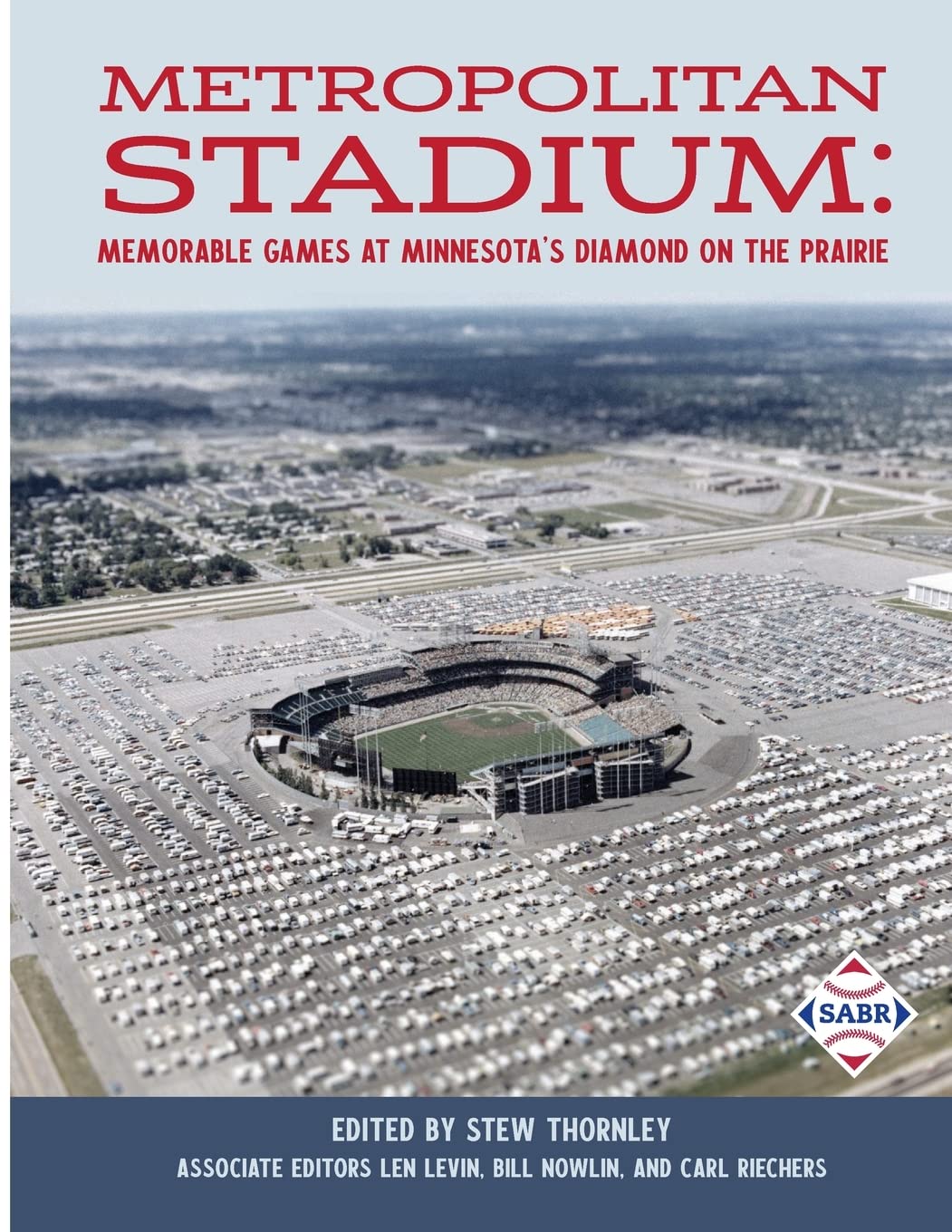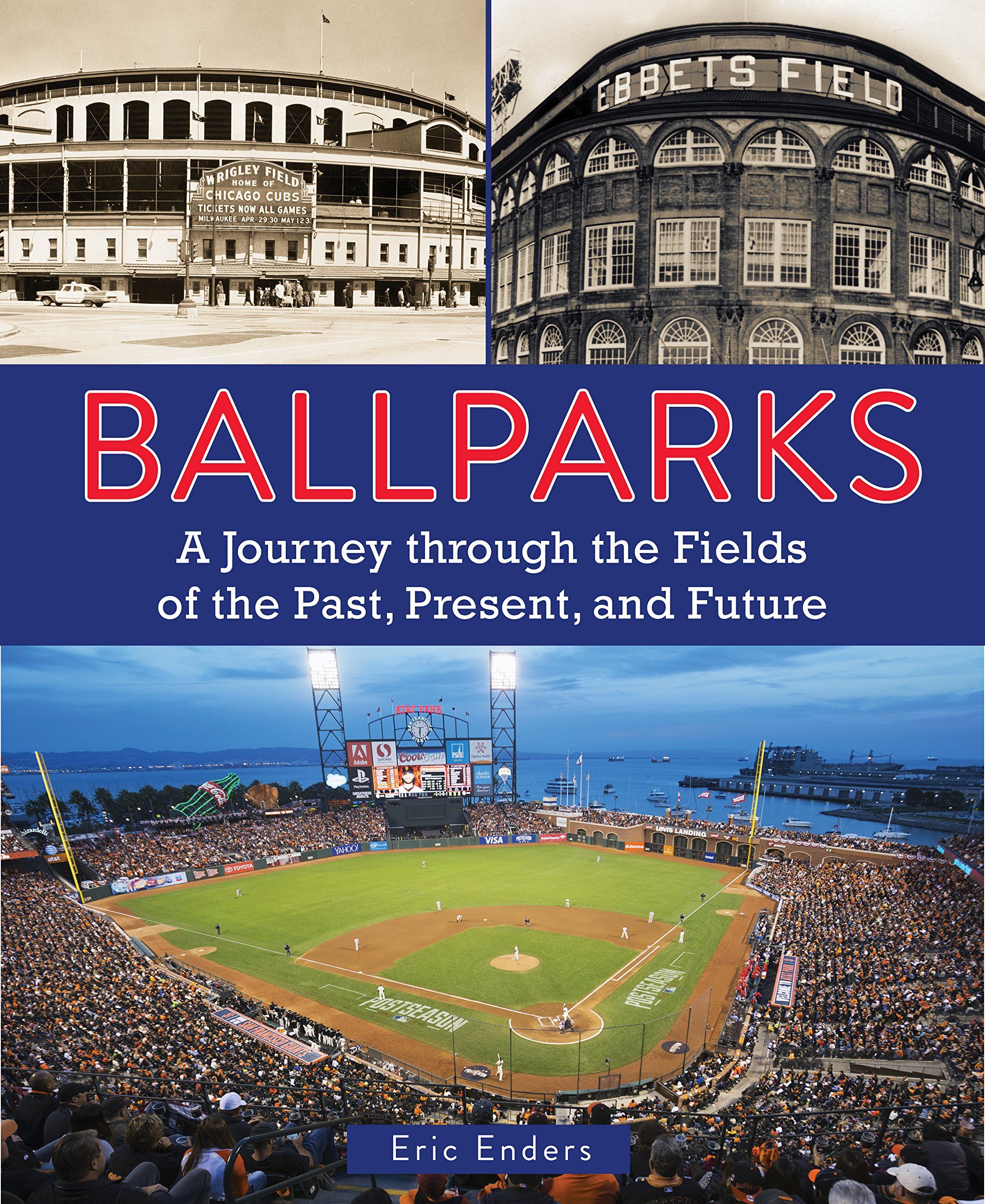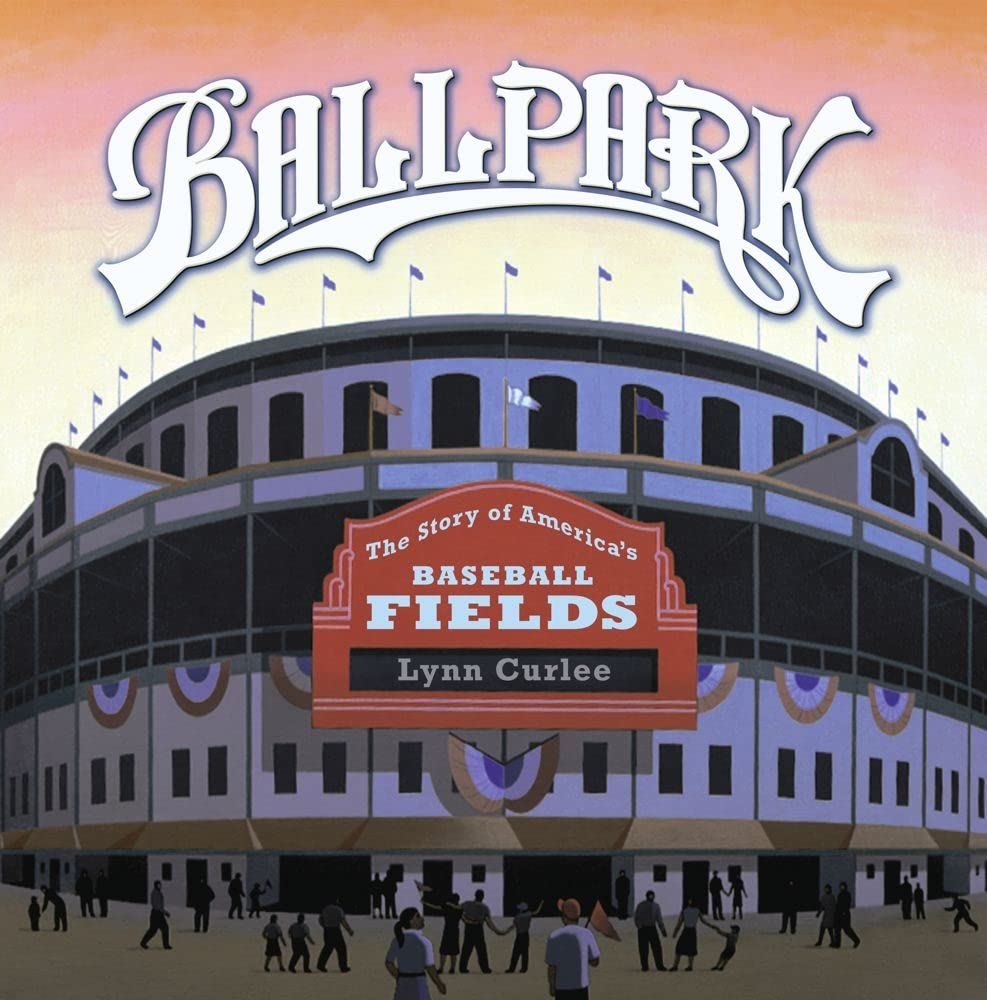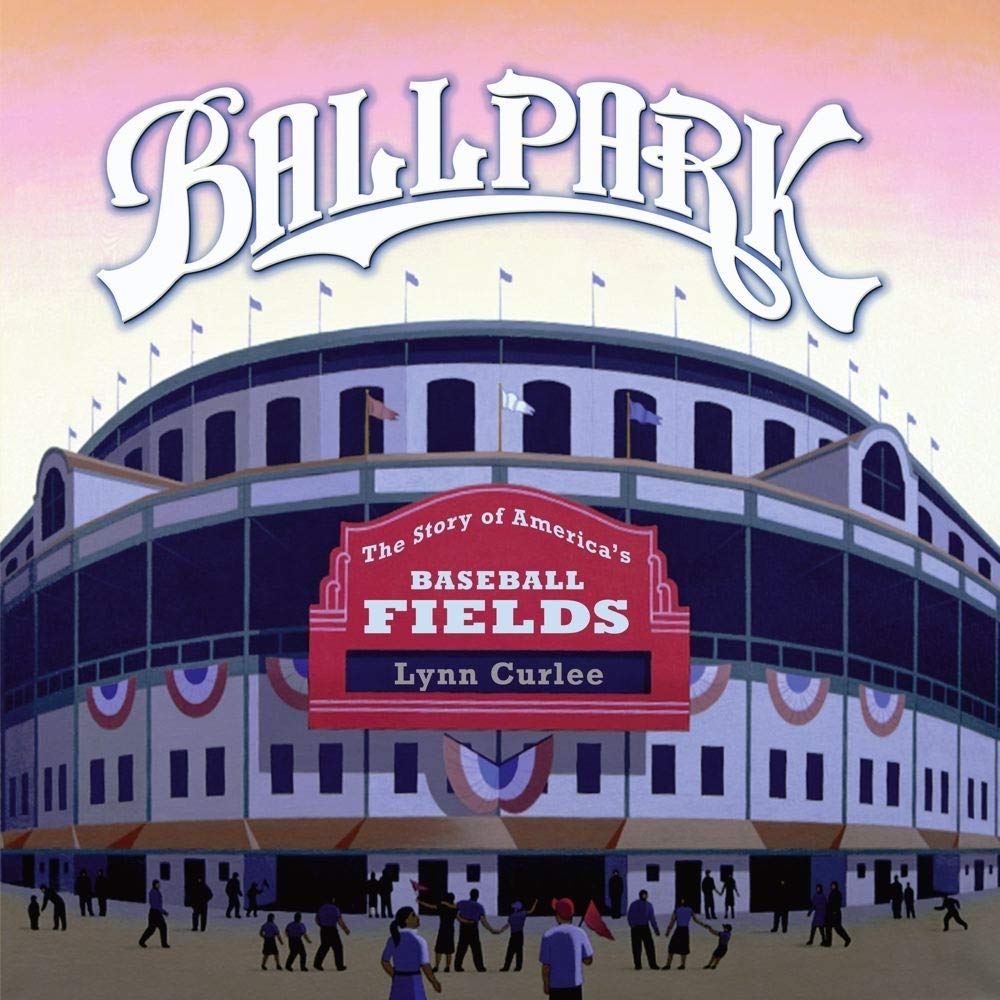Baseball is more than just a sport; it’s a celebration of history, community, and culture. Part of this magic is captured in the breathtaking architecture of its stadiums, each uniquely designed to enhance the experience. Books about baseball’s stadium architecture explore these grand structures, highlighting both the history and the design elements that make each stadium special. If you’re interested in the intersection of sports and design, these books can be a fascinating read.
When choosing a book on baseball stadium architecture, key factors to consider are the depth of historical detail, the inclusion of architectural diagrams, and the quality of photographs. Some books focus more on a single stadium’s history while others provide a broad overview. If you’re an avid baseball fan or architecture enthusiast, you’ll want rich, detailed content and clear visuals that bring the stadiums to life.
These considerations help ensure you get the most out of your reading experience. A well-chosen book can offer new insights into the game and its cherished locations, enhancing your appreciation for baseball’s architectural gems.
Top Books on Baseball Stadium Architecture
Explore the engaging world of baseball stadium design with these standout books. Here you’ll find insightful reads that capture what makes each park unique and special. Enjoy diving into the architectural wonders of America’s favorite pastime.
Metropolitan Stadium Book
A fascinating read for those interested in baseball’s architectural history and its memorable games.
Pros
- Offers unique insights into a historic stadium
- Written by the Society for American Baseball Research
- Engaging narrative suitable for all fans
Cons
- Limited to specific stadium history
- Relatively few reviews available
- Covers mainly Minnesota’s baseball scene
Metropolitan Stadium stands as a significant part of baseball history, offering readers a rich exploration of its status as a beloved venue in Minnesota. Its storytelling provides a glimpse into the past, making it a great choice for fans of the sport.
Explore important games played on Minnesota’s iconic diamond and discover anecdotes that add depth to the stadium’s legacy. The book offers a comprehensive look at key events and the architectural charm of this historical site.
If you cherish baseball history and are intrigued by stadium architecture, this book is a valuable addition to your collection. Each page connects you to the time and atmosphere of a classic baseball era.
Ballparks: A Journey Through the Fields
This book is a must-have for any baseball enthusiast interested in the architectural beauty of stadiums across time.
Pros
- Stunning photography captures ballparks through history.
- Detailed stories about each stadium provide rich context.
- Beautifully organized with illustrations.
Cons
- Large size can be unwieldy for some readers.
- May focus heavily on MLB, excluding minor leagues.
- Limited updates on newly built ballparks.
Engage with “Ballparks: A Journey Through the Fields” for a vivid look into the iconic stadiums that have shaped baseball. This book offers a sweeping view of the past, present, and future of these structures. It features captivating stories and striking photographs that will draw you in.
The book’s impressive pictures offer a panoramic view of various stadiums. There are clear insights into each park’s historical importance, making it a perfect gift for baseball fans. Get ready to journey through the visual history of stadiums that have seen the sport’s evolution.
Some readers might find the book’s size somewhat challenging to handle comfortably. It might not be the best choice if you’re searching for updated details on the newest ballparks. Even so, this book serves as an outstanding tribute to baseball’s storied venues.
Ballpark: The Story of America’s Baseball Fields
This engaging book is a solid pick for young readers interested in the architectural wonders of baseball stadiums.
Pros
- Engaging for younger audiences
- Gorgeous illustrations
- Introductory to the history of baseball fields
Cons
- Geared towards a younger audience
- Short length
- Limited depth for advanced readers
Children who love both baseball and books will find “Ballpark: The Story of America’s Baseball Fields” to be a great choice. This book’s vibrant illustrations highlight different iconic stadiums and help captivate young readers’ imaginations.
The simplicity of the content suits children, making it suitable for those intrigued by these magnificent sports structures. You can appreciate how it provides an accessible entry point into the history of America’s famed baseball fields.
Though it is primarily aimed at a younger audience, adults might find the book lacks the depth they crave. Its concise length ensures it’s not overwhelming for kids, but it may leave mature readers wanting more detailed information.
Ballpark: The Story of America’s Baseball Fields
For fans seeking a nostalgic journey through the history of baseball’s grand stages, this book could be a charming addition to your collection.
Pros
- Captivating illustrations bring ballparks to life.
- Offers a look at famous, now-gone stadiums.
- Written in an accessible style for younger readers.
Cons
- Lacks in-depth architectural analysis.
- Targeted more towards younger readers.
- Size may not meet expectations for detail
This book invites you on a journey through the cherished history of America’s baseball fields. It features vivid illustrations that capture the spirit of these iconic stadiums. The book offers glimpses into famous old ballparks, sparking nostalgia for a bygone era.
While this book is especially suitable for younger audiences, adult readers may find it lacks detailed architectural content. It’s more of a visual and historical overview rather than an in-depth study.
The book is a lightweight and compact design, making it great for children. If you’re interested in a simple, visually engaging exploration of baseball’s greatest stages, this could be a pleasant read for you and younger readers alike.
Buying Guide
When choosing books on baseball stadium architecture, consider a few key factors to ensure you get the best insights and enjoyment.
Key Features to Consider
Focus Area:
Determine if you’re interested in specific eras, geographic regions, or architectural styles. Some books focus on historical stadiums, while others highlight modern designs.
Depth of Detail:
Some books provide a general overview, while others offer in-depth analyses. Decide if you prefer a light read or a comprehensive study with detailed diagrams and descriptions.
Author Expertise:
Look for books written by authors with a background in architecture or sports history, providing a knowledgeable perspective.
Illustrations and Photos:
High-quality images can enhance your understanding and appreciation. Consider if you want a book with photographs, drawings, or both.
Tips for Choosing the Right Book
- Make sure the book reads easily and matches your level of interest.
- Look for reviews or recommendations from other readers who share your passion.
- Make a list of your favorite stadiums to see if they are featured or analyzed in the book.
Table: Quick Comparison
| Feature | Importance |
|---|---|
| Focus Area | High |
| Depth of Detail | Medium |
| Author Expertise | High |
| Illustrations | Medium-High |
Choose a book that aligns best with your interests and enjoy exploring the fascinating world of baseball stadium architecture.
- Biographies
- Current Baseball Players
- Current Players by Team
- Players that Retired in the 2020s
- Players that Retired in the 2010s
- Players that Retired in the 2000s
- Players that Retired in the 1990s
- Players that Retired in the 1980s
- Players that Retired in the 1970s
- Players that Retired in the 1960s
- Players that Retired in the 1950s
- Players that Retired in the 1940s
- Players that Retired in the 1930s




